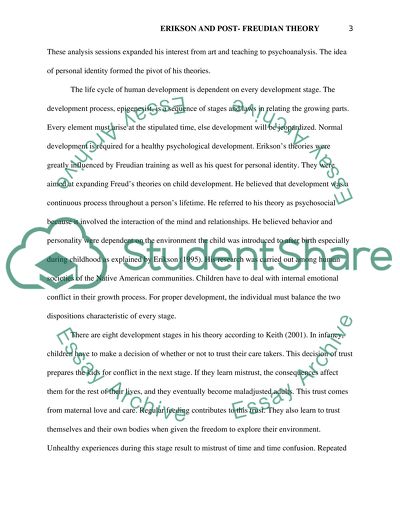Cite this document
(“Erikson and Post-Freudian Theory Research Paper”, n.d.)
Erikson and Post-Freudian Theory Research Paper. Retrieved from https://studentshare.org/psychology/1451856-erikson-and-postfreudian-theory
Erikson and Post-Freudian Theory Research Paper. Retrieved from https://studentshare.org/psychology/1451856-erikson-and-postfreudian-theory
(Erikson and Post-Freudian Theory Research Paper)
Erikson and Post-Freudian Theory Research Paper. https://studentshare.org/psychology/1451856-erikson-and-postfreudian-theory.
Erikson and Post-Freudian Theory Research Paper. https://studentshare.org/psychology/1451856-erikson-and-postfreudian-theory.
“Erikson and Post-Freudian Theory Research Paper”, n.d. https://studentshare.org/psychology/1451856-erikson-and-postfreudian-theory.


